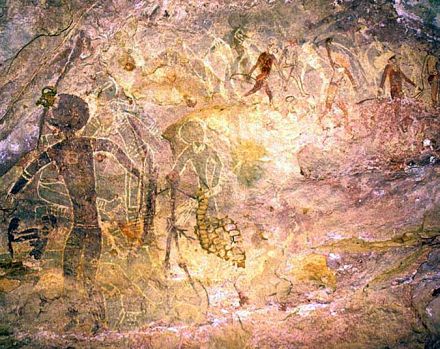GlobalResearch April 17 2014
The US government has always been the first to call out other nations with poor track records on human rights abuses. Invariably they are the two nations viewed most threatening to America’s global hegemony and power – rivals Russia and China. Other loudly criticized countries are those less powerful Third World nations that most defy US dominance. Any nation on earth is at risk of America’s wrath that fights to protect its own self-interest over and above the American Empire’s in a noble effort to minimize economic exploitation in the plundering of precious natural resources and subjugating and locking its native population into permanent Third World serfdom. But any country going against the world’s most powerful nation is automatically deemed an enemy of the Empire and subject to such labels as axis-of-evil and a serious affront to human rights. No surprise that countries like Venezuela, Cuba, Iran, Syria and North Korea are all targeted in the crosshairs of the next war or next regime change living under decades of heavy-handed economic sanctions designed to break the will of these independent smaller nations bold enough to resist US aggression, superpower control and full frontal dominance.
On the other hand, when a country’s government encourages and willingly allows a strong US presence with active duty military installations numbering over 1000 globally accompanied by an army of private contractors and transnational corporations, corrupt dictators with the worst human rights records in the entire world are merely given a free pass, immune from any US criticism. As long as you succumb and are minimally complicit in the raping and pillaging of your own nation and people by the global bully, be assured America will have your back and always turn a blind eye to your heinous crimes against humanity and human rights violations of the most vile kind – that is until the US ultimately uses you up and turns on you (like it predictably does with all its past tyrannical friends Mubareck, Hussein and Gaddafi just to name a few).
The ethics card is arbitrarily used only out of self-serving, psychopathic convenience. Like the psychopathic corporations that exploit people around the world into cheap labor bondage, likewise the psychopathic US government’s only interest (aside from its own) is the corporate interests it is most beholding to and sworn to protect. Instead of our government operating “of the people, by the people and for the people,” since 9/11 no longer sworn to uphold the Constitution, the US government is now sworn to operate in the sole interest “of the corporation, by the corporation and for the corporation” – since higher courts have given corporations all the rights that used to belong to the people. Lincoln must be turning over in his grave now to see what his United States have become.

